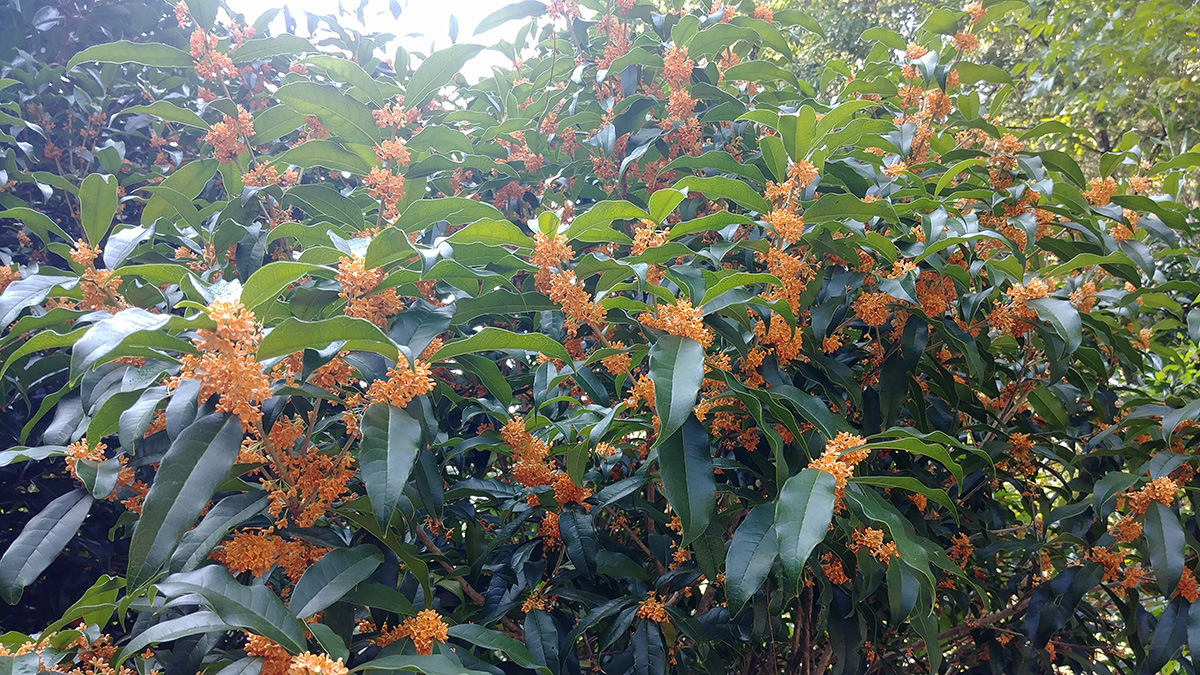Dr. Andy Pulte
-
Southeast Regional Reports
How to Grow Crape Myrtles
Crape myrtles (Lagerstroemia spp. and cvs., Zones 6–10) are everywhere in the Southeast. Known for their long-lasting summer blooms, attractive bark, and tolerance to heat and drought, these versatile flowering…
-
Design
The Best Plants with Four-Season Interest in Your Region
Designing a garden that shines year-round starts with choosing the right plants. Regional plants adapted to your climate not only thrive with less maintenance but also offer seasonal interest in…
-
Southeast Regional Reports
The Best Japanese Maples for Southern Gardens
Japanese maples (Acer palmatum and cvs., Zones 6–9) are prized for their graceful forms, stunning foliage, and vibrant fall colors. However, gardening in the southeastern United States poses unique challenges,…
-
Southeast Regional Reports
Landscape Ideas for the Southeast Inspired by Gardens Abroad
If you have the good fortune to travel to other countries and see how other parts of the world garden, you know that it can be inspiring. I usually return…
-
Southeast Regional Reports
Guide to Growing Great Azaleas
One group of plants you can use to create a blooming bridge between spring and summer are azaleas (Rhododendron spp. and cvs., Zones 3–9). As one of the most popular…
-
Design
9 Fantastic Flowering Trees
While gardeners often extol the virtues of outstanding bark and winter interest, let’s not kid ourselves—flower power reigns supreme. A tree that is a stately focal point most of the…
-
How-To
4 Essential Tips for Pruning Flowering Trees
Pruning can be intimidating. Many of us fear making a mistake our plants won’t recover from. Overall, trees are resilient; with a little practice and know-how, any gardener should be…
-
Southeast Regional Reports
10 Bold Plants for Winter Interest in the Southeast
Without a doubt one of the best parts about gardening in the Southeast is winters that are temperate yet still bring seasonality to the garden. I’m grateful that we don’t…
-
Southeast Regional Reports
How to Grow Rosemary in the Southeast
I read recently that ancient Greece–inspired and Mediterranean décor was the next big thing in interior design. Perhaps many of you will feel inspired to add a marble bust to…
-
Southeast Regional Reports
The Current State of American Chestnut Tree Conservation
Several times a year someone sends me a photo of a tree they believe to be an American chestnut (Castanea dentata, Zones 4–8). Frequently what they actually have sent is…
















